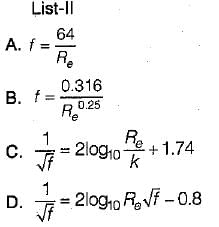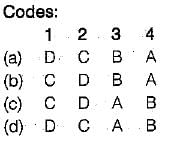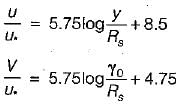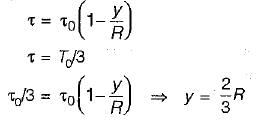Test: Turbulent Flow in Pipes - Civil Engineering (CE) MCQ
9 Questions MCQ Test - Test: Turbulent Flow in Pipes
In the case of turbulent flows in circular pipes, the maximum velocity um and the mean velocity V are related as (um - V)lu =
The distance from pipe boundary, at which the turbulent shear stress is one-third the wall shear stress, is
A flow in which the quantity of liquid flowing per second is not constant, is called
Which of following conditions would entail a greater energy dissipation in turbulent flow?
1. Smaller eddy size
2. Lower viscosity
3. Large intensity of turbulence
Select the correct answer using the codes given below:
Match List-I (Nature of flow) with List-II (Friction factor equation) and select the correct answer using the codes given below the lists:
List- I
1.Turbulent flow with rough boundary
2. Turbulent flow with smooth boundary
3. Turbulent flow with Re < 105
4. Laminar flow


A pipe line carrying water has surface-protrusions of average height 0.10 mm. If the shear stress developed is 7.85 N/m2, then the pipe surface will act as






















